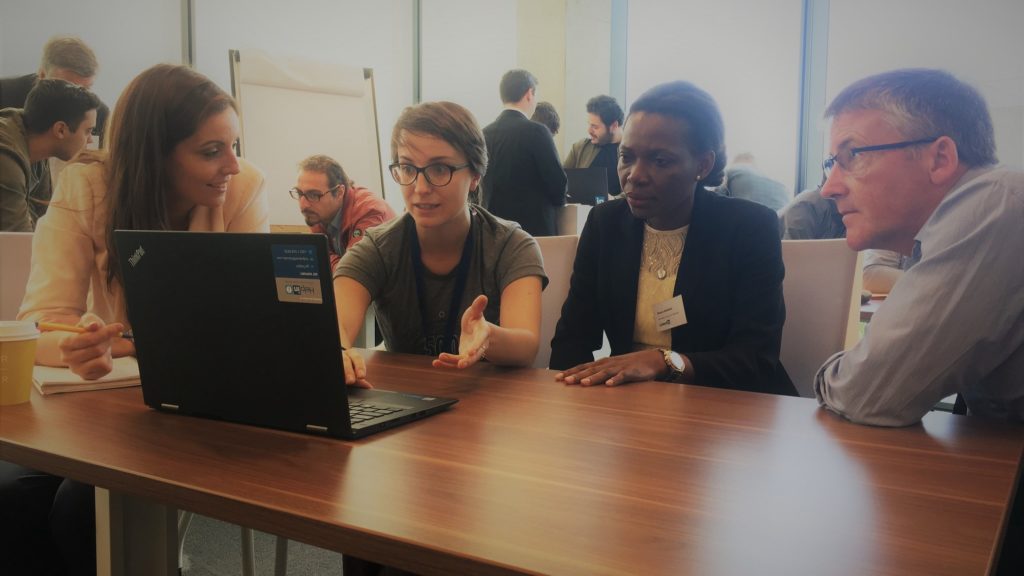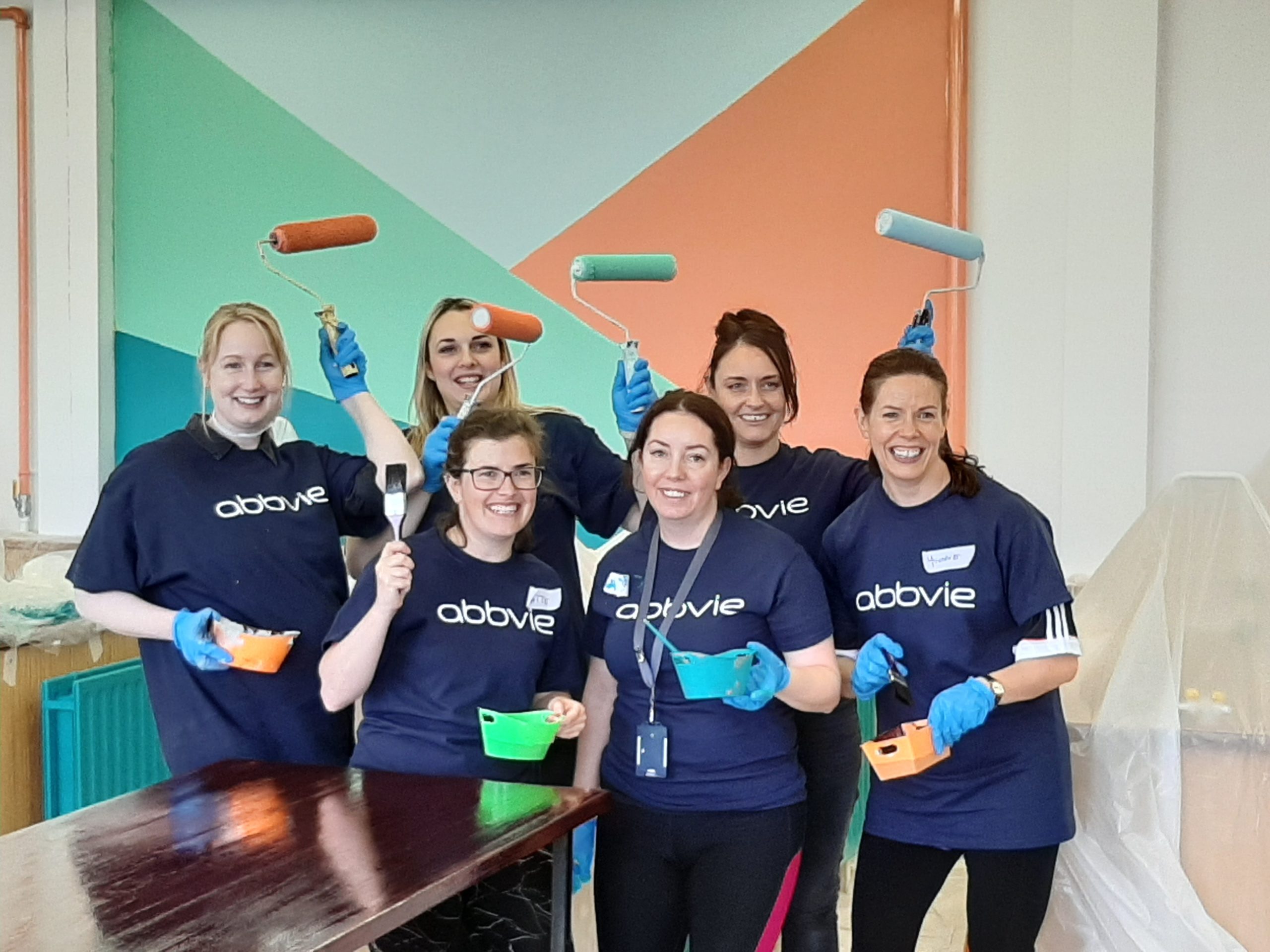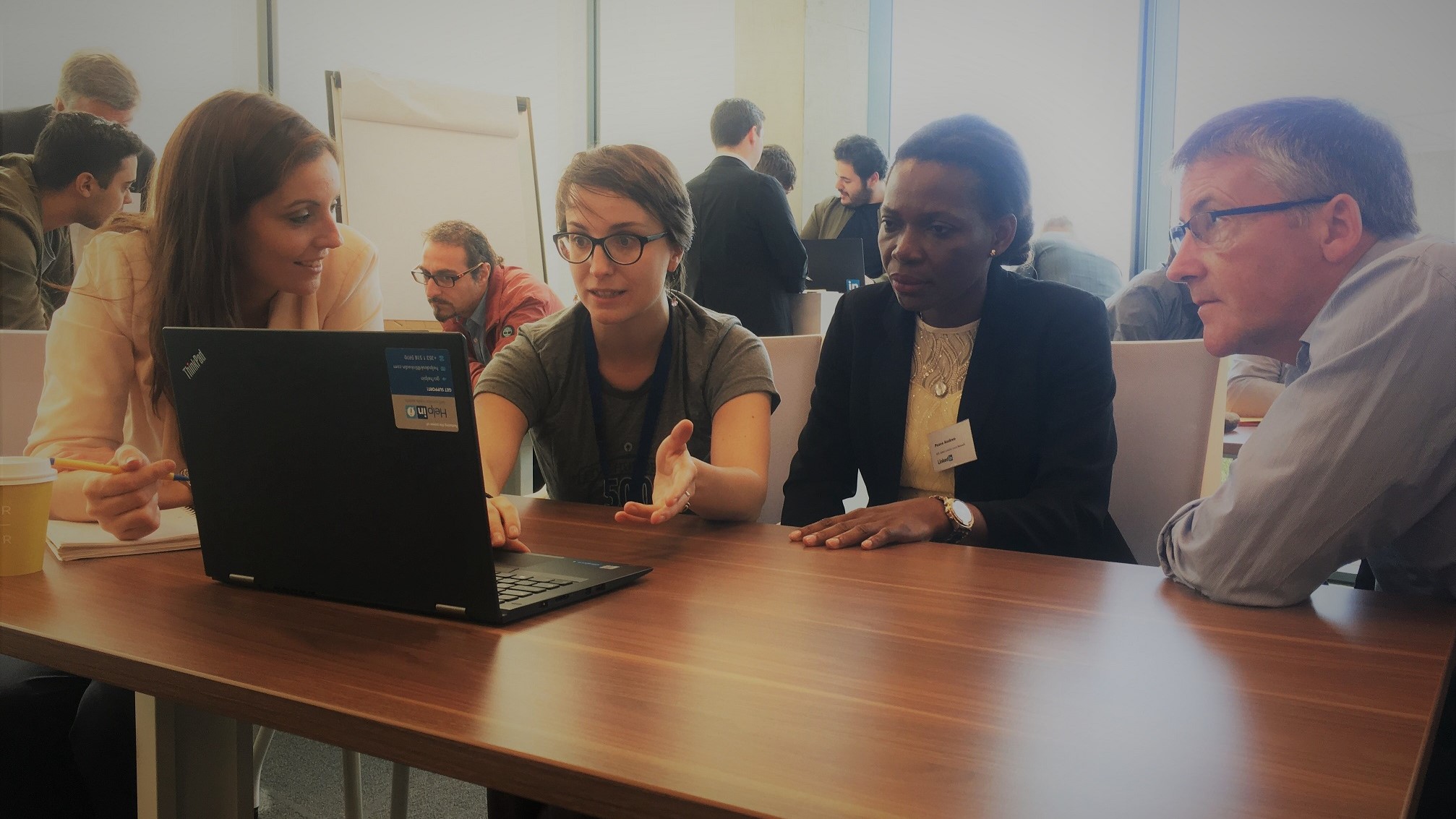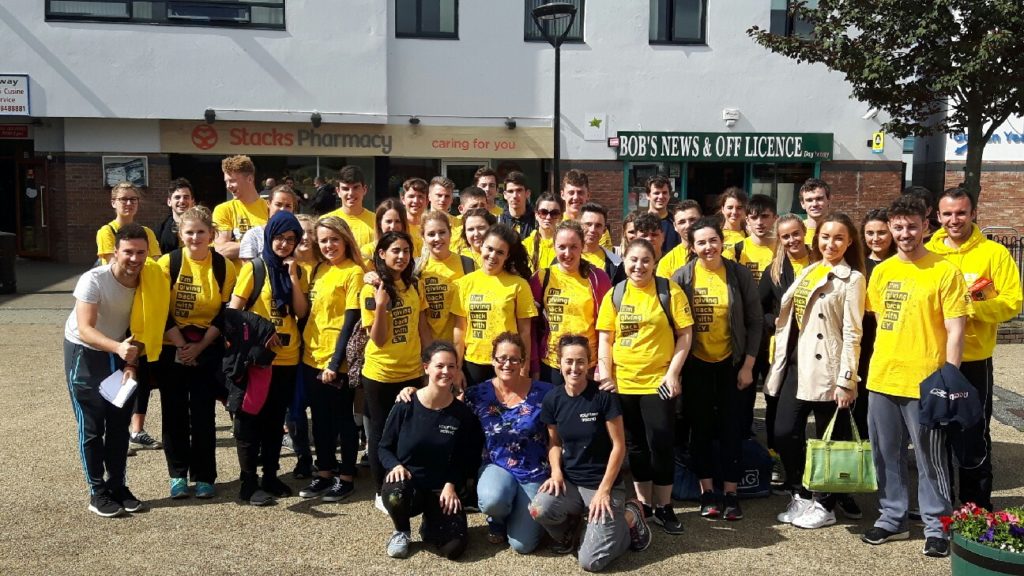
Eamonn Fitzgerald is LinkedIn for Good Manager (EMEA) based at LinkedIn’s Dublin Office. He talks to us about the importance of employee volunteering within the LinkedIn community.
When I joined the LinkedIn for Good team back in 2016, I was excited at the prospect of working for a company that had such an ingrained culture of helping others. Creating economic opportunity for every member of the global workforce – that’s our mantra, in fact, it’s LinkedIn’s vision statement. That means that the goal isn’t just the focus of the LinkedIn for Good team, but it’s what every employee at LinkedIn has committed to pursuing.
Now while we know that talent is distributed equally, access to opportunity is not. Individuals from certain communities, and of specific backgrounds, face unique hurdles to economic opportunity. That context, that reality, informs our work as the social impact arm of LinkedIn. How can we leverage our core assets to remove these hurdles, empowering all individuals to connect to opportunity?
When we talk about core assets, we’re talking about more than just money. In fact, ask any member of my team what our most powerful asset is – grant donations are probably pretty far down that list. The real game-changer is our people. That’s why we place LinkedIn employees, and LinkedIn members, at the centre of everything we do. In fact, we have three distinct channels that unlock the power of the volunteer.
1 – Empowering our employees to pursue their passions:
At LinkedIn we provide space for our employees to pursue their own passions, and to engage with the causes they care about. Late last year we launched a new internal employee social impact platform called LinkedIn Gives – a place for employees to donate, fundraise, and volunteer with any nonprofits they believed in. This platform empowers our employees to make a difference in whatever way they see fit, ensuring that we have an ability to track employee volunteer hours and contributions across all 30+ LinkedIn locations around the world.
Allowing some of our employee volunteers to identify their own opportunities is an important feature of our overall volunteer strategy, often acting as a great first point of contact between LIFG and a new employee. Once our employee volunteers become more comfortable with the concept of volunteering, we’re then able to direct them to more high-skill or strategic volunteering opportunities with our flagship nonprofit partners, where they can make use of their deep knowledge of our platform to positively impact people’s lives.
2 – Connecting our employees to the right partners:
While we might be the experts on all things LinkedIn, we accept that we aren’t always the experts on the unique employment challenges faced by some. That’s why we’re committed to a cross-sector partnership model, collaborating with NGOs that are already successfully solving these problems, and that would be able to leverage the time and talent of our employee volunteers. One of our strongest partners in Ireland is Jobcare – an NGO that has helped thousands of jobseekers escape the trap of unemployment over the past 25 years.
Partners like Jobcare are the perfect fit for LinkedIn Coaches, our structured employee volunteer programme that connects participants to mentors, jobs and networks. To date this partnership has seen us reach almost 1,000 jobseekers through a variety of programs and supports. These include bi-monthly training workshops in our EMEA headquarters in Dublin, working with around 60 jobseekers per session to teach them all about leveraging LinkedIn for their job search. In addition, our employees offer mock interview trainings and staff advisory stations at Jobcare’s regular networking events. Allowing our employees to find the volunteering opportunity that appeals most to them and adds genuine value to the participants themselves.
3 – Inviting our members on the journey:
At LinkedIn, when we talk about volunteering, we don’t just think about our employees. At our core, we’re a community of more than 560 million members, all of whom pursue their own version of success. However, they also want to help others achieve that goal too. More than 41 million LinkedIn members have proudly listed their past volunteering experiences on their LinkedIn profiles. This isn’t just to brag, it’s known to positively increase their chances of landing that next job. 27% of jobseekers are more likely to be hired, when unemployed, if they volunteer.
In addition, over 10 million LinkedIn members who have proactively signalled their interest in finding volunteering, board service, or mentoring opportunities on our platform. Our Volunteer Marketplace serves up skilled volunteer opportunities to our members across Ireland, France, the United Kingdom and Canada. In 2017 we connected more than 388,000 members to volunteer opportunities around the world. Our partnership with Volunteer Ireland has allowed us to share thousands of local volunteering roles with our members.
The long and short of it is that no matter your product, no matter your resources, people remain the key ingredient to successful corporate social impact programs worldwide. Employee volunteers can add genuine value to the right partners when given the chance, and organisations like Volunteer Ireland help companies like LinkedIn to mobilise our users at scale. We hope you’ll reflect on the ways that you might get involved with local organisations or through your own corporate social impact programmes this National Volunteering Week.









